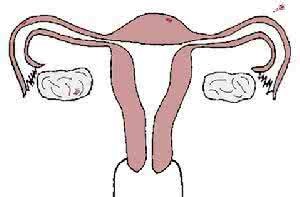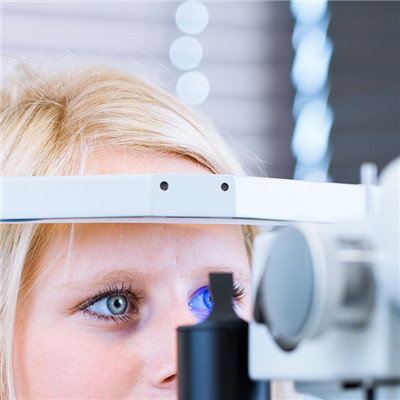What are the symptoms of cervical spondylosis
summary
The emergence of cervical spondylosis is closely related to the occupation I am engaged in. I need to work at my desk for a long time as a financial worker. At the beginning of my illness, I felt dizzy all the time. At that time, I didn't think it was cervical spondylosis. Let's take a look at the symptoms of cervical spondylosis.
What are the symptoms of cervical spondylosis
Symptom 1: Vertigo vertigo (Neurology) is a common symptom of patients with cervical spondylosis, most of which are vertigo (Neurology) when the patient suddenly turns his head, and sudden collapse will occur when it is serious. This is because the vertebral artery of patients with cervical spondylosis is compressed by cervical proliferative changes, and this symptom is easy to appear when there is transient cerebral insufficiency, which is affected by this factor, Can also make patients with cervical spondylosis nausea, vomiting, headache (Neurology), sweating and other autonomic nervous dysfunction (Neurology) symptoms.

Symptom 2: weakness of upper limb muscle strength is the symptom of cervical spondylosis, which is caused by motor nerve damage. It shows that patients with cervical spondylosis are hard to hold objects, and some patients with cervical spondylosis are easy to fall off when holding objects. Limb skeletal muscle is co innervated by more than two nerves. Single nerve damage shows mild muscle weakness, and the main nerve roots are involved. Patients will have obvious dyskinesia.

Symptom 3: dysphagia: Patients with cervical spondylosis will also have dysphagia at the initial stage. The main symptoms are obstruction in the throat or foreign bodies in the esophagus when swallowing. This is because the posterior wall of the esophagus in patients with cervical spondylosis is directly compressed by the anterior bone of the cervical spine, and the autonomic nerve is disordered, resulting in dysphagia when the esophagus spasm or excessive relaxation It's like this.

matters needing attention
Patients with cervical spondylosis should strengthen the awareness of health care at ordinary times. When they work at ordinary times, they can take time to change their posture rhythmically and appropriately, adjust the position of the neck, and often carry out health care activities such as head and neck flexion and backward, left and right lateral bending, and left and right rotation.















